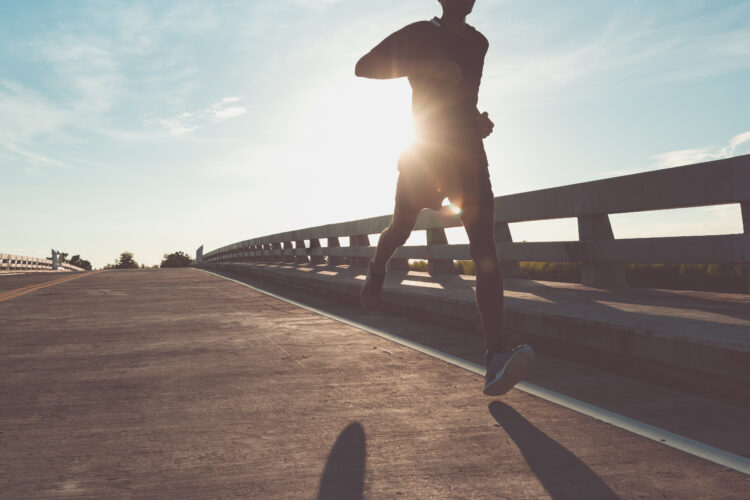
For runners, Chiropractic is useful in injury prevention as it emphasises the necessity for proper alignment of the spine and pelvis. Misalignment of the spine can cause unnecessary tension on any individual body part or plane. For example, you are not able to minimise a chronic ITB problem without making sure the pelvis is in optimal alignment and positioning. If left untreated, sites of vulnerability will continue to wear and tear, putting undue strain on different areas.
The most common running-related injuries I see in clinic include, plantar fasciitis, achilles tendonitis, ITB syndrome, patella (knee) tracking problems and hip bursitis.
The impact of Faulty Mechanics
Ankle Dorsiflexion
- Reduced dorsiflexion is usually a result of poor ankle movement or tight calve muscles
- Poor dorsiflexion results in excessive medial knee displacement & poor dissipation of force through the lower extremities (hip, knee’s and ankles).
- Common injuries subsequent to faulty ankle dorsiflexion: ACL tears, pes ancerine strains, patellofemoral pain syndrome & achilles strains.
- Effect on performance: Reduction in force generation, changes in force vectors, minimising toe off period and thus propulsion.
Hip immobility & Pelvic Tilt
- Lower cross syndrome is the most common postural default seen in athletes. Here the patient will present with tight hamstrings, hip flexors and lumbar extensors, as well as under-active or weak abdominal muscles. This results in excess hip flexion and posterior pelvic tilt, which loads the lower back and subsequently causes pain.
- Hyperlordosis (sway back) of the lumbar spine causes under-activity of the entire abdominal wall. This leads to a decrease in the quality of breathing and minimises postural control. This pelvic position minimises drive through the gluts and alters hip extension and in course increases energy expenditure and reduces stride length. This can also make athletes susceptible to significant spine and disc injuries.
Stride length & leg length inequality
A new avenue in biomechanics research which also focuses on stride width in addition to stride length. The data shows that a narrower stride width creates more stress on the ITB and tibia. Where as a wider stance has been shown to prevent the kinds of bending stresses on the tibia that have been connected to stress fractures and shin splints.
Leg length discrepancy causes excess load on one limb. The longer leg then becomes prone to conditions such as: hamstring strains, piriformis syndrome, hip injuries (bursitis, labrum), ITB syndrome, patellofemoral pain syndrome
Feet
- Flat feet occur when the foot arches collapse. This can have detrimental effects primarily on the ankle and foot but also on the knee, hip and spine, causing dysfunction and eventually pain. Flat feet result in a loss of impact absorption. If the feet do not work correctly or aren’t able to absorb the necessary shock forces, problems will stem the entire way up the chain. This will lead to pain and dysfunction in our knees, hips, low back or even in the neck and result in overuse injuries such as shin splints (tibial stress fractures), achilles tendinopathy, bunions and plantar fasciitis.
Neck position and Respiration
As runners begin to get tired their chin begins to jut out and their shoulders shrug up. Not only do athletes begin to experience pain, headaches and reduced arm swing (and thus propulsion), they undergo changes in respiration patterning reducing the effectiveness of oxygenation and thus experiencing an increased rate of fatigue and reduced energy conversion.

